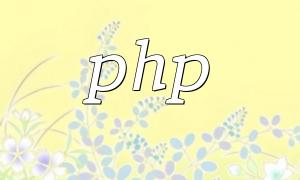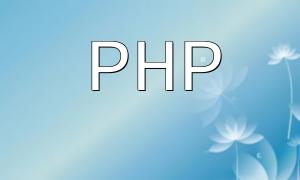PHP has become a popular choice in modern web development due to its powerful server-side capabilities. Dreamweaver, as a well-known web design tool, offers a convenient environment for PHP development. This guide will walk you through how to implement alert boxes using PHP in Dreamweaver, helping you improve your site’s interactivity and user engagement.
Alert boxes are essential UI elements used for user interaction, such as displaying messages, confirmations, or warnings. Typically implemented with JavaScript, alert boxes can also be triggered through PHP by outputting JavaScript code. This integration enables dynamic behavior on the web page.
Before you begin, ensure that Dreamweaver is properly configured to support PHP execution. It is recommended to use a local development environment like XAMPP or WampServer and link it with your Dreamweaver project through site and server settings.
Within your Dreamweaver project folder, create a new PHP file—such as notice.php. This file will contain the logic for rendering the alert box.
You can easily output a JavaScript-based alert box through PHP. Below is a simple example demonstrating how to do this:
<?php
echo "<script>alert('This is an alert box!');</script>";
?>
Beyond basic alerts, you can dynamically change the alert content based on conditions such as user input or server-side processing results. This approach adds valuable interactivity and responsiveness to your website.
Using PHP to generate alert boxes in Dreamweaver is a practical technique, especially for providing quick feedback on web pages. By combining PHP and JavaScript, developers can create more interactive and responsive user experiences. Hopefully, this guide helps you apply this method effectively in your projects.









